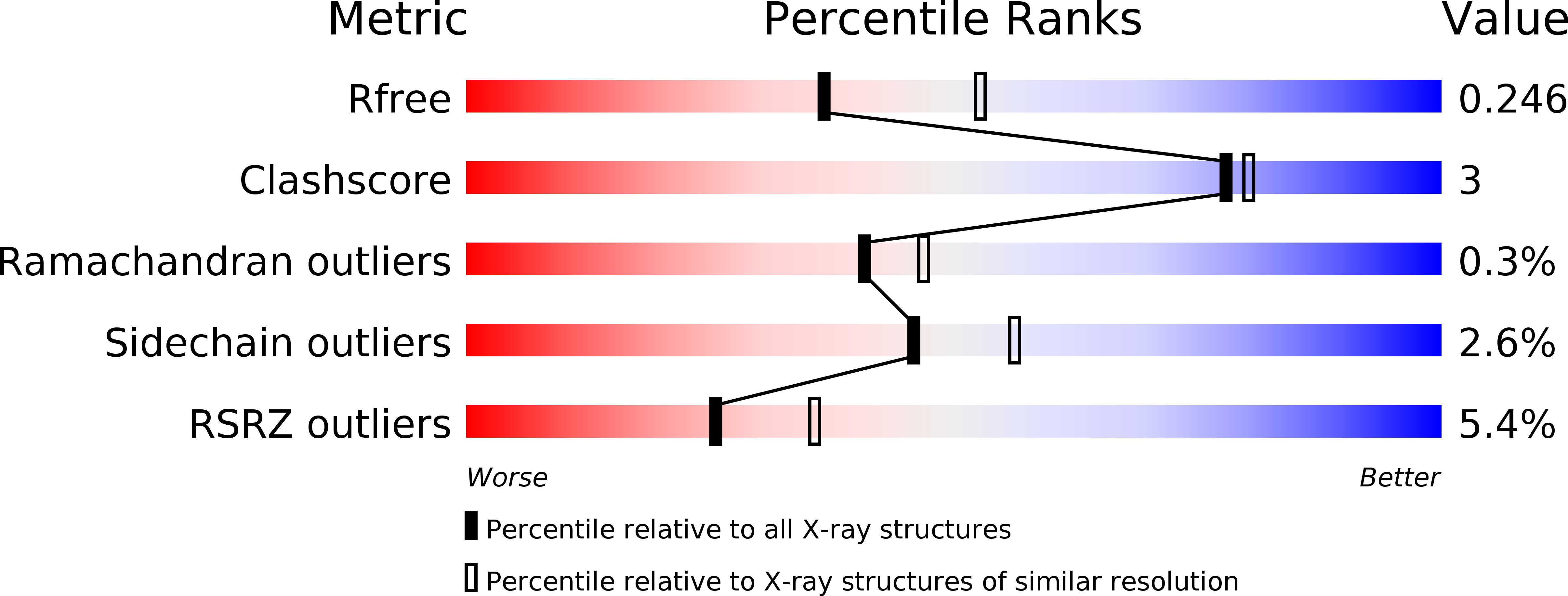
Deposition Date
2012-05-23
Release Date
2012-10-17
Last Version Date
2024-10-16
Entry Detail
PDB ID:
4FBX
Keywords:
Title:
Complex structure of human protein kinase CK2 catalytic subunit crystallized in the presence of a bisubstrate inhibitor
Biological Source:
Source Organism:
Homo sapiens (Taxon ID: 9606)
Host Organism:
Method Details:
Experimental Method:
Resolution:
2.33 Å
R-Value Free:
0.24
R-Value Work:
0.19
R-Value Observed:
0.20
Space Group:
P 43 21 2


